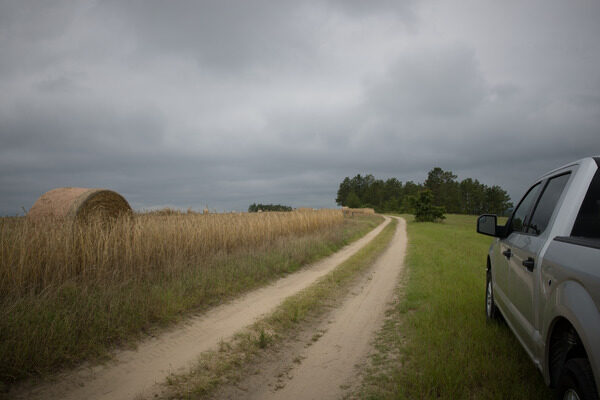
Tornado season spans a roughly three-month period, from April through June, when the bulk of tornadoes occur in the U.S. Regardless of the season, tornadoes can spin up given the right conditions, presenting a serious danger to people, animals, and property.[1] That’s why it’s important to recognize the signs of a tornado threat and stay informed on local weather conditions.
Learn how to tell the difference between a tornado watch and tornado warning, the severity of each, and how to best respond and stay safe during tornado season.
What is a tornado watch?
A tornado watch is the first indication that the risk of a tornado exists. When a watch is issued, this generally means weather conditions are favorable for a potential tornado. According to National Geographic, the combination of warm, humid air and cold, dry air with high winds and/or severe storms, are the likely weather conditions that accompany a tornado watch.[2] While a watch does not ensure a tornado will occur, it does mean you should be prepared for one. A tornado watch is your signal to get ready in case conditions intensify. Make sure to stay aware of tornado watches near you.
What should you do for a tornado watch?
It is important that you have a disaster plan in place should a tornado develop. First, stay connected to local news and weather updates in case the tornado watch has been lifted or upgraded to a warning.
You should also create or restock your tornado emergency kit. Your kit should include a battery-powered radio, flashlight, extra batteries, drinking water, nonperishable foods, first-aid supplies, sanitary products, and anything you and your family deem essential. Don’t forget items such as medications or pet food for your kit. These items should be packed in a waterproof bag or trunk and kept in an area that could serve as a potential shelter.
What is a tornado warning?
A tornado warning is a confirmed report or sighting of a tornado. A local tornado warning indicates that immediate action is necessary for your protection. Contrary to a tornado watch, once a warning is in place, there is little time for planning and preparation, as a threat to your safety is a legitimate possibility.
What should you do in the event of a tornado warning?
If a tornado warning is issued in your area, it is critical that you seek shelter immediately and remain there until the tornado has passed. The ideal shelter space is free of windows and is low to (if not under) the ground, like a storm cellar or safe room. However, there are other viable options if your home doesn’t have these types of spaces.
As an alternative, the CDC’s National Center for Environmental Health recommends sheltering in a basement, closet, center hallway, or a location that minimizes risk of injury from debris.[3] If you live in a mobile home, on a boat, or somewhere that is not structurally sound, contact your county officials to inquire about community shelters or check to see if the Red Cross has any accessible local shelters.
Make sure you’re prepared
Recognizing tornado watches and tornado warnings is a key step in preparing yourself, your family, and your home for a weather emergency. Check out additional tornado planning resources and safety tips, including what to do after a tornado, to better prepare for a time of crisis.
Learn how to stay safe and minimize the damaging effects of high winds.
[1] National Oceanic and Atmospheric Administration, Accessed May 2021.
[2] Tornadoes, explained, Accessed May 2021.
[3] Staying Safe in a Tornado, Accessed May 2021.
Disclaimer:
The information included in this publication was developed or obtained from sources believed to be reliable. Nationwide Mutual Insurance Company, its affiliates and their employees make no guarantee of results and assume no liability in connection with the information provided. This publication, and the individual articles in the publication, are for informational purposes only. It is the user’s responsibility to confirm compliance with any applicable local, state, or federal regulations. Nationwide, Nationwide is on your side, and the Nationwide N and Eagle are services marks of Nationwide Mutual Insurance Company. © 2021 Nationwide.



